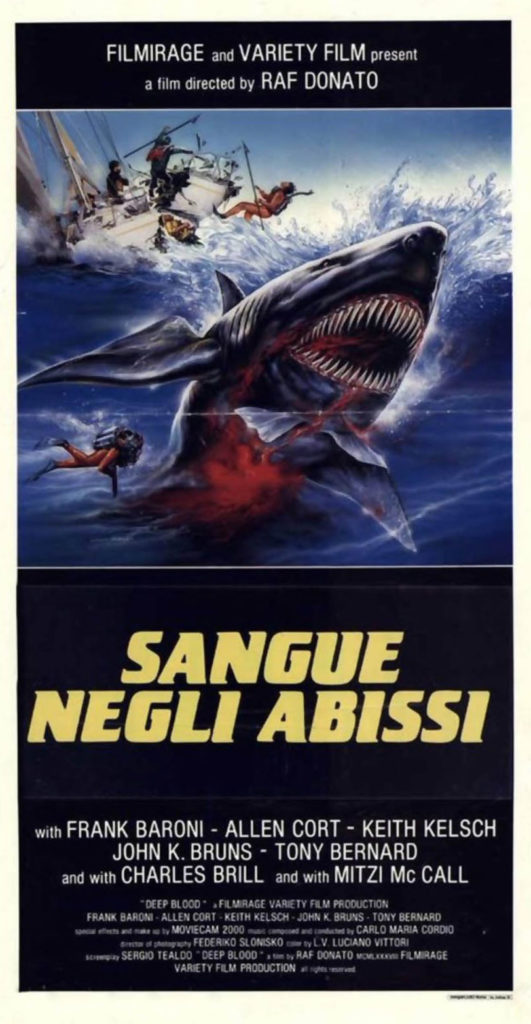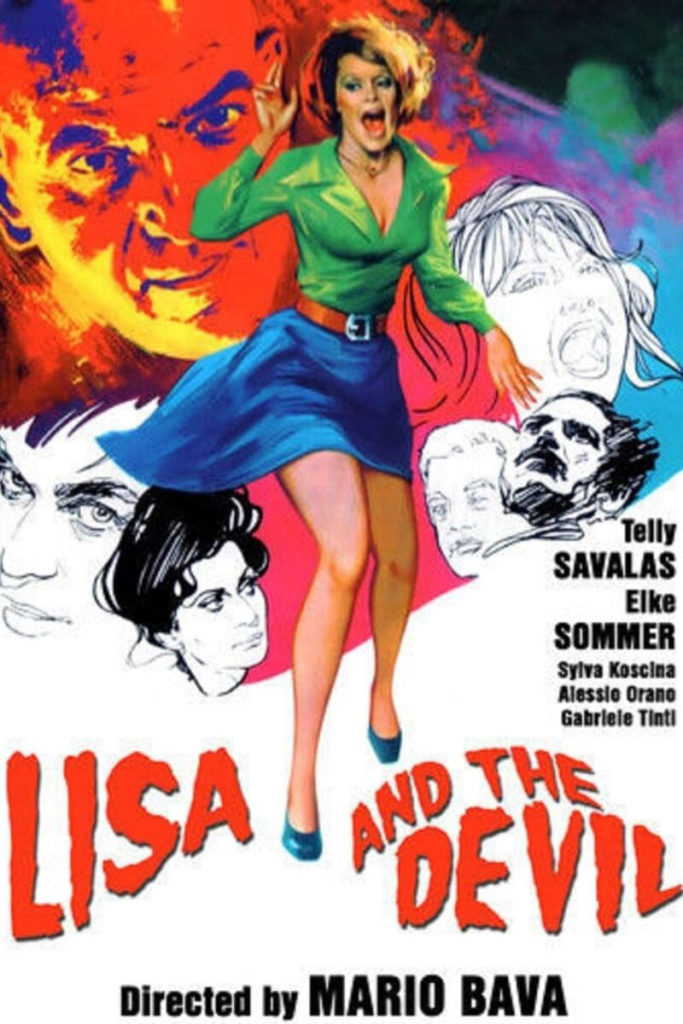From Lucio Fulci’s latter days as a filmmaker comes Aenigma, an Argento-like revenge flick set at a women’s college in Boston, although principal photography took place in Sarajevo.
Written with Giorgio Mariuzzo, Aenigma takes the basic plot elements of a ‘prank gone wrong’ horror flick, combines it with a bare bones setting and bare bones surrealism, and spits out a movie with a superfluous main character, and a purposeful avoidance of exploitation.
At St. Mary’s College in Boston, Kathy (Milijana Zirojevic), daughter of the school’s cleaning lady, Mary (Dusica Zegarac), is being prepped for a big date by her roommate, Kim (Sophie d’Aulan), and her boyfriend, Tom (Dragan Bjelogrlic). They go through the usual 1980’s teen outfit montage trope, before Kathy is finally dolled up and ready to meet her date, the college’s athletics instructor, Fred (Riccardo Acerbi). But, all is not well. The girls at the school despise Kathy’s humble origins, and the date is a cruel prank, set up just so all the girls can gather and laugh at Kathy’s presumption that a hunk like Fred would actually like her. Kathy flees from her tormentors into the path of a truck, and is left in a coma at the hospital. Continue reading “Aenigma”

 According to the internet, so it must be true, Raffaele Donato, whose work in film had been very limited, decided one day that he would like to direct a movie. As it happened, Joe D’Amato was looking for someone to helm a cheap sharksploitation flick, the only requirement being fluency in English. Donato leapt at the chance, but after filming a single scene, decided life in the director’s chair was not for him. No worries, as the prolific D’Amato was ready to step in and finish beating this dog of a movie to within an inch of its life.
According to the internet, so it must be true, Raffaele Donato, whose work in film had been very limited, decided one day that he would like to direct a movie. As it happened, Joe D’Amato was looking for someone to helm a cheap sharksploitation flick, the only requirement being fluency in English. Donato leapt at the chance, but after filming a single scene, decided life in the director’s chair was not for him. No worries, as the prolific D’Amato was ready to step in and finish beating this dog of a movie to within an inch of its life. Lisa and the Devil, the 1973 film from Italian auteur Mario Bava, has become one of his more renowned films in the last couple of decades. I first saw it around twenty years ago with a roommate who was watching it for her film class at NYU. Upon release, though, it was a butchered product, with a framing story shot and added after Bava delivered his cut. Of this film, which had been released under the title of La Casa dell’esorcismo (House of Exorcism), Bava said, “La casa dell’esorcismo is not my film, even though it bears my signature. It is the same situation, too long to explain, of a cuckolded father who finds himself with a child that is not his own, and with his name, and cannot do anything about it.”
Lisa and the Devil, the 1973 film from Italian auteur Mario Bava, has become one of his more renowned films in the last couple of decades. I first saw it around twenty years ago with a roommate who was watching it for her film class at NYU. Upon release, though, it was a butchered product, with a framing story shot and added after Bava delivered his cut. Of this film, which had been released under the title of La Casa dell’esorcismo (House of Exorcism), Bava said, “La casa dell’esorcismo is not my film, even though it bears my signature. It is the same situation, too long to explain, of a cuckolded father who finds himself with a child that is not his own, and with his name, and cannot do anything about it.”